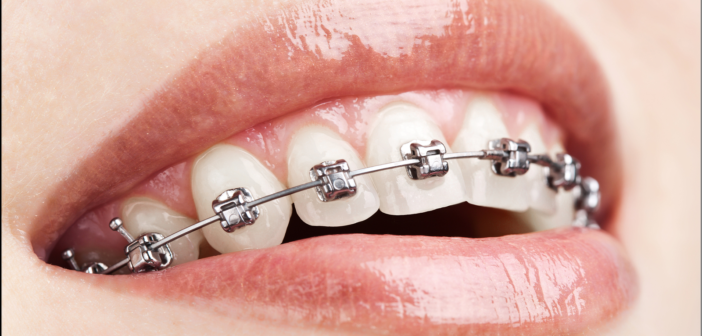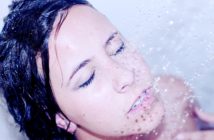It is estimated that over four million Americans of all ages are currently getting some kind of orthodontic treatment. While braces are never “fun,” they are at least becoming more and more comfortable in our technologically savvy age. Sometimes history can help us put things into perspective, and the history of braces is full of interesting tidbits that can make us appreciate the wonders of modern orthodontics we all too often take for granted. In this short article, we will share three interesting facts about braces that might make us all a bit more thankful to be alive today where orthodontic technology is far more sophisticated than it was for our ancestors.
-
Ancient Evidence of Braces
Braces go way back. How far back? Well, people living in both ancient Egypt and ancient Rome were trying to straighten out their teeth with metal bands and other rudimentary devices. However, the ancient Egyptians didn’t seem to be so concerned with how their teeth looked in this life. When archaeologists unwrapped mummies in Egypt, they sometimes found a cord made from catgut, an animal intestine, wrapped around a person’s teeth. Archaeologists believe that the Egyptians did this so that their teeth would be straight once they met the gods in the afterlife. Also, the Etruscans, who lived in Italy around 770 BC and 220 BC, placed gold mouthguards between the teeth of their dead to ensure they had a fabulous smile in the afterlife. These might have been the world’s very first retainers.
-
Leave It To the French: The Beginnings of Modern Orthodontics
Though the ancient Egyptians might have been the first to experiment with braces, the birth of modern orthodontic technology began in France. It was Pierre Fauchard, a French dentist in the 18th century, who wrote one of the most influential books in the history of dentistry, “The Surgeon Dentist.” This book, which was published in 1728, featured a full chapter on orthodontics. In this famous chapter, Fauchard wrote about a new theory of placing a horseshoe dental device called a “Bandeau” into a patient’s mouth to promote arch support. Fauchard later wrote “The Dentist’s Art” in 1757, which introduced the world to two breakthrough theories on orthodontics. First, Fauchard was the first to suggest that wisdom teeth should be removed to promote healthier teeth alignment. Second, Fauchard refined his “Bandeau” theory by including findings on how wires can help improve teeth alignment even more. For all of his work, Fauchard has been hailed around the world as the “Father of Modern Dentistry.” Who knows how many smiles have been straightened due to his theories?
-
NASA Takes Orthodontic Technology To The Stars
The very same substance used by NASA on their spacecrafts is also used in braces. In the 1950s and 60s, the team at NASA were looking for a substance that could resist extremes in heat to make their spaceships fly to the moon. What they found was the metal alloy nickel titanium. Throughout the 1960s, this metal not only powered NASA’s space exploration programs, it was also shown to be beneficial for designing braces. Because nickel titanium is so flexible and adaptable, orthodontists began to use it with greater success on their patients. “Nickel titanium adapted to a person’s mouth better than any other metal used before, which meant patients experienced less discomfort and a greater rate of success,” said Dillehay Orthodontics. Nickel titanium is one the most useful discoveries of the 20th century. Not only did this metal help the USA land on the moon, it also helped countless patients achieve a superior smile.




